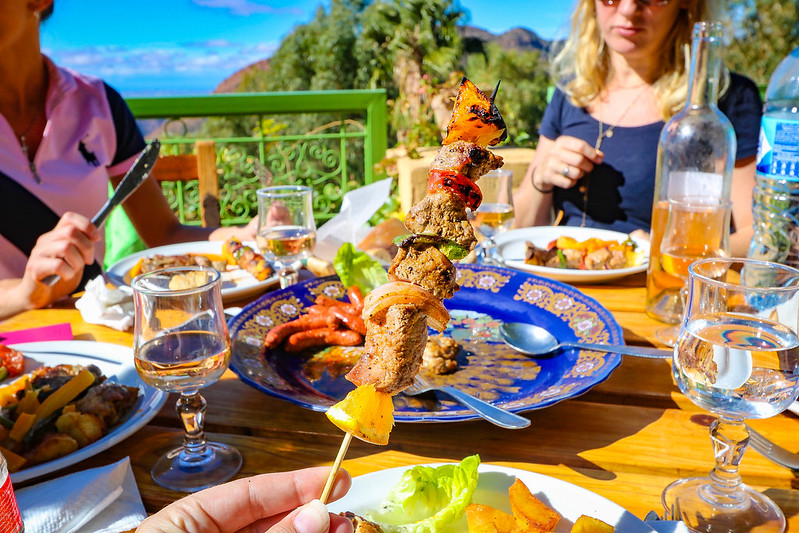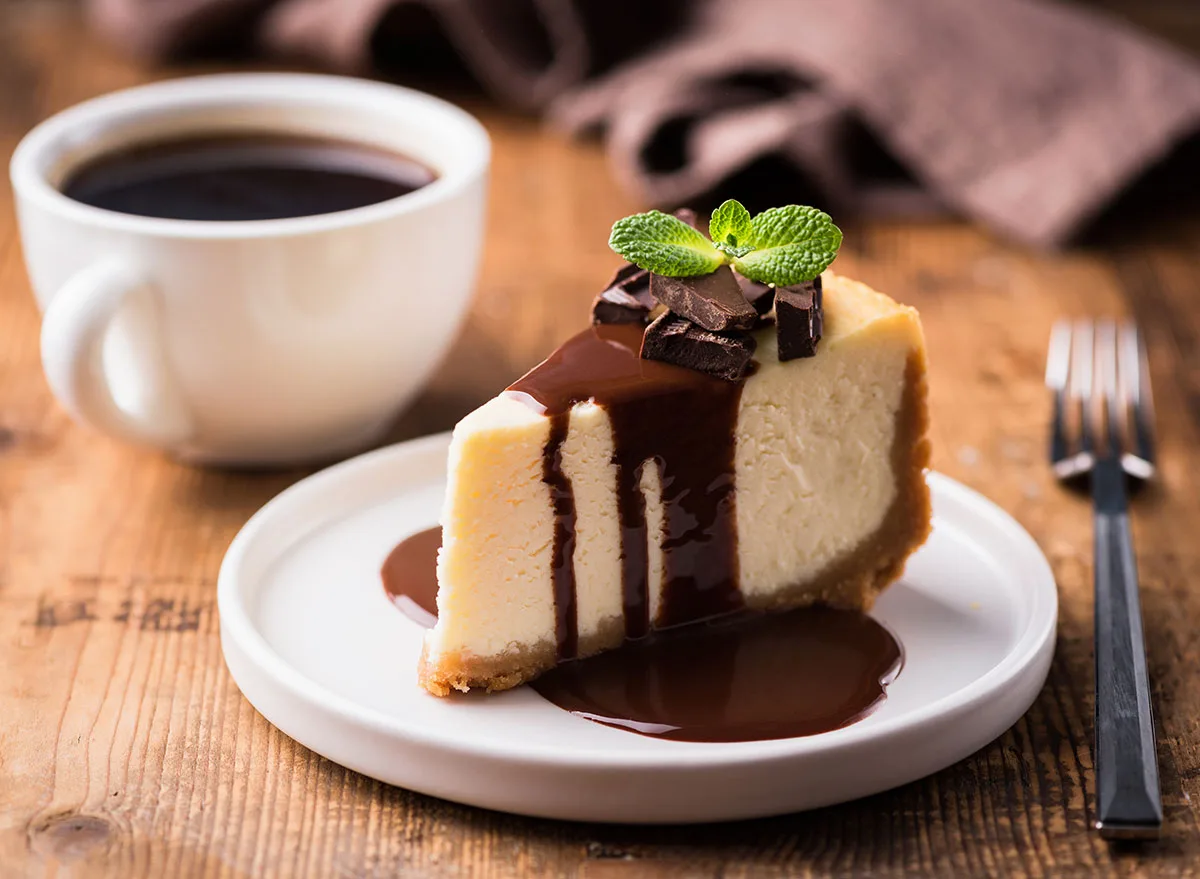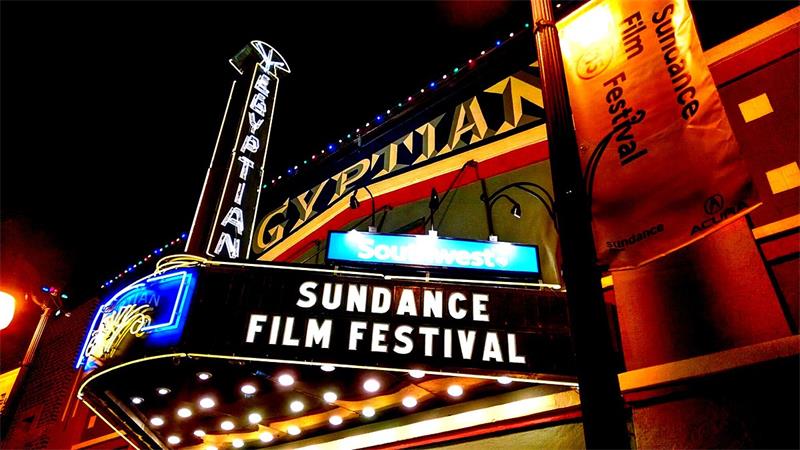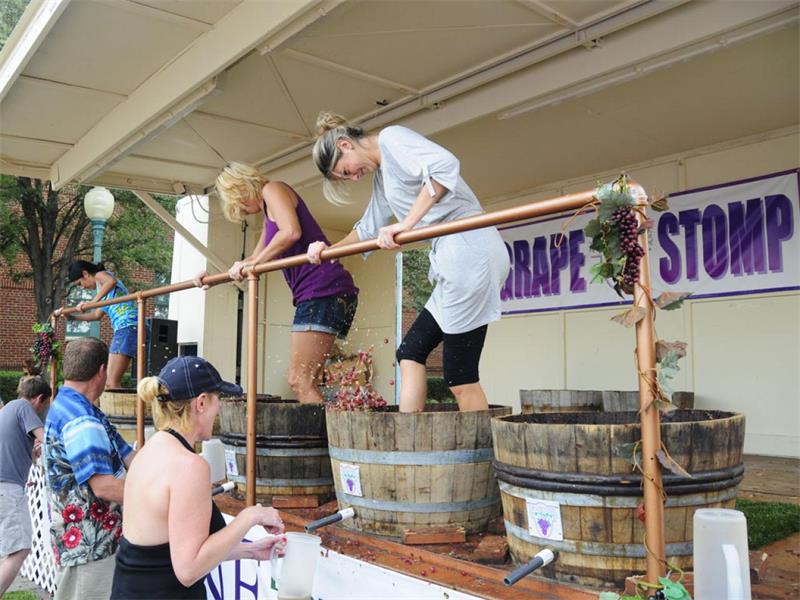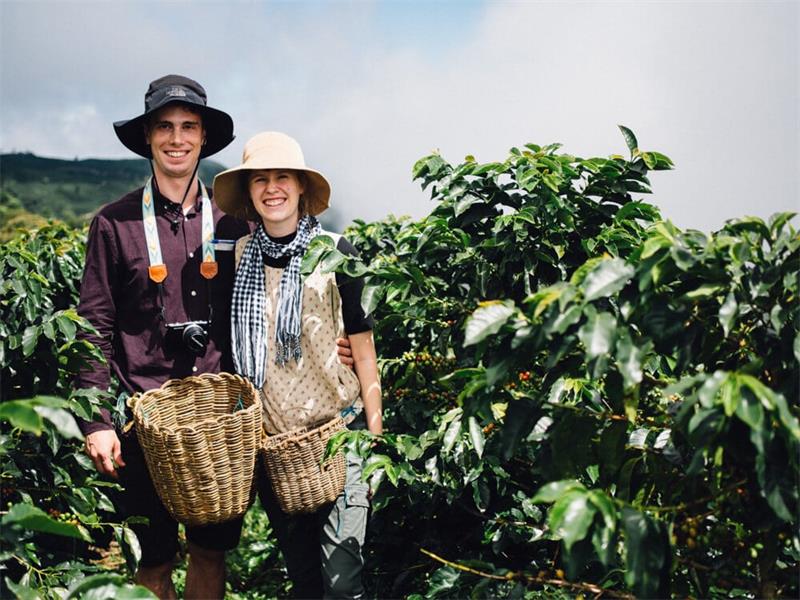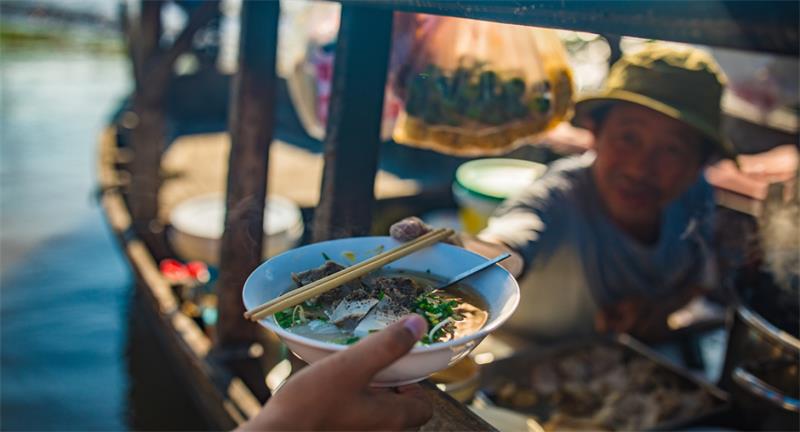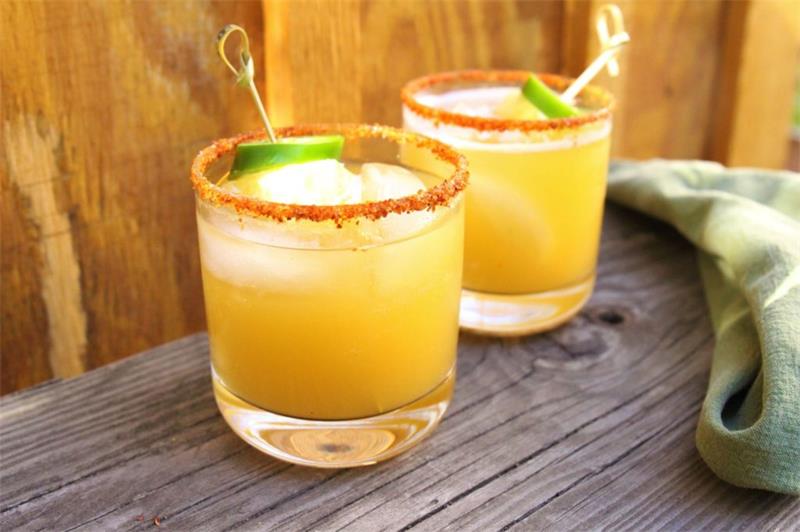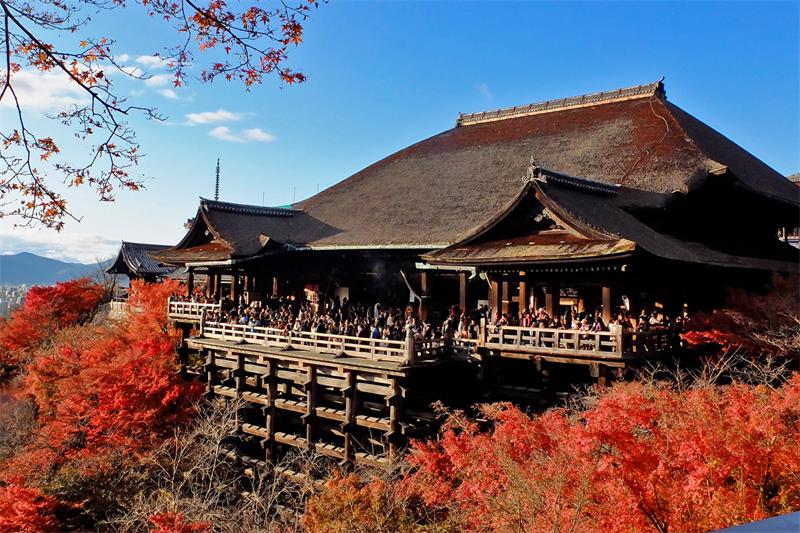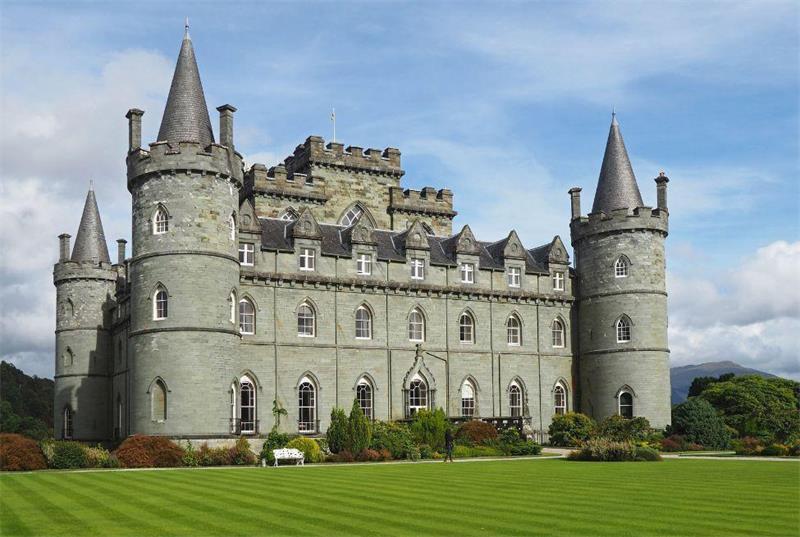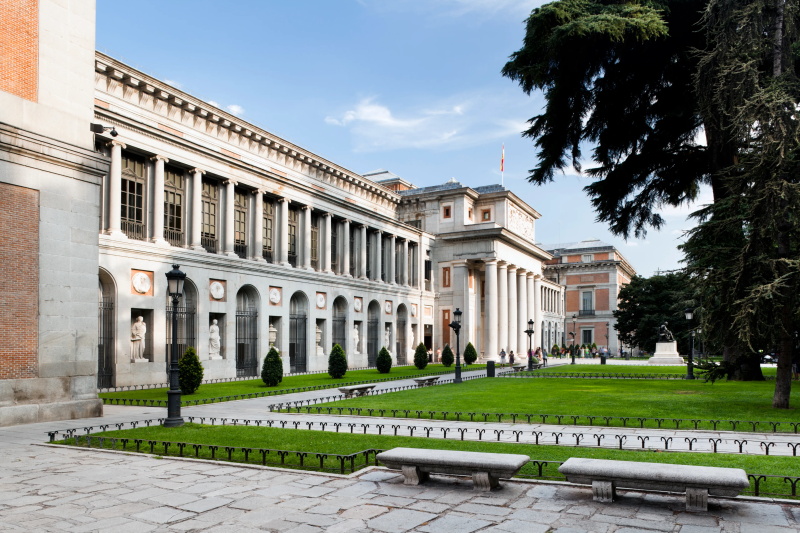Contents
Why Asia’s Diversity is So Important
Asia is the world’s largest continent, stretching across 17.21 million square miles and comprising about 30% of the Earth’s landmass. But more important than its vast size, Asia is home to an incredibly diverse range of cultures, languages, religions, customs, and traditions.
From India to Japan, from China to Kazakhstan, from Indonesia to Uzbekistan – there are so many unique ways of life that make up this fascinating region. The diversity of Asia is due in part to its history – centuries of trade routes and cultural exchange have resulted in a melting pot of influences from all over the world.
But what makes it truly special is how these influences have been adapted and transformed into something entirely new and distinct. It’s this combination of ancient wisdom and modern innovation that makes Asian culture so vibrant and exciting.
Cultural Festivals: The Lifeblood of Asia
In many ways, cultural festivals are the heartbeat of Asia. They are a time for communities to come together and celebrate their shared history, values, and aspirations.
They provide a window into the rich tapestry of Asian culture – a chance to experience firsthand the music, dance, food, artistry, spirituality that make each community unique. But cultural festivals are more than just fun celebrations – they serve an important social function as well.
In a world where globalization has led to homogenization in many areas of life (especially popular culture), cultural festivals provide a space for people to affirm their identity and preserve their heritage. For many communities around Asia (and around the world), these festivals are a vital link between past generations and future ones.
The Purpose Behind This Article
As someone who has lived in various parts of Asia for several years now (and who enjoys traveling to new places whenever possible), I’ve had the opportunity to witness some truly spectacular cultural festivals. Whether it’s the colorful chaos of India’s Holi festival or the solemn beauty of Japan’s Obon, each event has left a lasting impression on me and deepened my understanding of this endlessly fascinating region. That’s why I’ve put together this article – to share with you some of Asia’s most beloved and exciting cultural festivals, as well as some lesser-known gems that are worth seeking out.
Of course, no list can be completely comprehensive (there are simply too many amazing festivals to include!), but I’ve done my best to highlight a wide range of events from different countries and cultures. So whether you’re an avid traveler looking for new experiences or simply someone who wants to learn more about the richness and diversity of Asia, I hope this article will inspire you and give you a taste of what makes cultural festivals such an important part of life in this incredible region.
The Big Ones: Asia’s Most Popular Cultural Festivals and Events
Chinese New Year – China, Hong Kong, Taiwan, Singapore, Malaysia
Chinese New Year is probably the most important and celebrated festival in Asia. It’s a time when family members gather together to celebrate, eat great food, exchange gifts, and participate in traditional customs.
The history of Chinese New Year goes back thousands of years and is deeply rooted in Chinese mythology. It’s believed that the new year brings a fresh start and success.
Traditional customs such as cleaning the house to sweep out bad luck and making red decorations because red is considered lucky are still followed today. Another major custom during this event is the dragon dance where performers wear a dragon costume and dance through the streets with fireworks to drive away evil spirits.
If you’re planning to celebrate Chinese New Year, make sure you visit China or any other countries in Asia during this time because it’s an unforgettable experience that you don’t want to miss. The best places for Chinese New Year celebrations are Beijing or Shanghai in China; Hong Kong; Taipei in Taiwan; Singapore; Penang or Kuala Lumpur in Malaysia.
Diwali – India, Nepal, Sri Lanka, Singapore, Malaysia
Diwali is known as the festival of lights and its history goes back over 2 millennia. It’s celebrated by Hindus around the world who light up their houses with clay lamps called diyas symbolizing victory over darkness. The lighting of diyas isn’t all that Diwali entails though – people also dress up in vibrant colors such as reds and golds to visit family members and friends while exchanging sweets and snacks called mithais.
The best places for Diwali celebrations are Jaipur or Varanasi in India; Kathmandu in Nepal; Colombo or Kandy in Sri Lanka; Little India in Singapore, and Bangsar or Brickfields in Kuala Lumpur, Malaysia. But beware of pollution.
Unfortunately, Diwali has been responsible for a lot of pollution problems in India due to the excessive use of firecrackers during this time. As someone who cares about the environment and air quality, I advise you to celebrate Diwali without crackers and instead focus on all the other joyful aspects.
Songkran – Thailand, Laos, Cambodia
Songkran is the Thai New Year festival which takes place between 13-15 April each year. The festival is known for its water fights where people splash water on one another to wash away bad luck from the previous year. Traditionally speaking water used to symbolize purification.
Nowadays Songkran has become renowned as a fun time where people party hard with high spirits during this holiday period. The best places for celebrating Songkran are Bangkok or Chiang Mai in Thailand; Vientiane or Luang Prabang in Laos; Siem Reap or Phnom Penh in Cambodia.
But be warned if you don’t like getting wet – if you plan on visiting Southeast Asia during Songkran period be ready to get drenched! Overall, these three festivals are definitely ones that should be experienced when visiting Asia as they all highlight different values which make up the cultural richness across the continent.
The Hidden Gems: Asia’s Lesser-Known Cultural Festivals and Events
Holi – A Colourful Celebration of Unity
Let’s start off with one of my personal favourites, Holi. Originating in India, this festival has now spread to Nepal, Sri Lanka, Pakistan, Bangladesh, Malaysia, Singapore, Fiji and Mauritius. The origins of this festival can be traced back to Hindu mythology and the story of Prahlad and his demoness aunt Holika.
This festival celebrates the victory of good over evil and the arrival of spring. The beauty of Holi lies not only in the colours but also in its customs and traditions.
People come together to play with coloured powder (gulal) and water guns (pichkari). Homes and streets are decorated with colourful rangolis (artwork made from coloured powders).
Sweets are distributed among family members and friends as a symbol of love. If you’re looking for the best places to celebrate Holi in India then look no further than Mathura & Vrindavan (where Lord Krishna was born), Barsana (where Lord Krishna’s beloved Radha was born) or Anandpur Sahib in Punjab where it is celebrated by Sikhs.
Chingay Parade – A Dazzling Display of Diversity
I bet you haven’t heard about this one! Chingay Parade is an annual event held in Singapore which showcases a colourful parade featuring performers from different cultures around Asia.
The word ‘Chingay’ comes from a Hokkien word which means ‘the art of costume and masquerade’. This parade features giant floats adorned with beautiful designs along with acrobats, jugglers, dancers, stilt-walkers and fire-eaters all decked out in their cultural attire.
You’ll get to witness Chinese lion dances alongside Malay silat performers and Indian dancers, all in one event! If you’re a fan of big, colourful parades and want to experience the diversity within Asia, then make sure to check out Chingay Parade.
Naadam Festival – A Celebration of Mongolian Heritage
Now let’s talk about Naadam Festival. This festival is celebrated in Mongolia and showcases the country’s cultural heritage. It is usually held during July and features three main sports competitions: wrestling, horse racing and archery.
Wrestling is the most popular sport in Mongolia while horse racing is considered an important part of their culture. Archery is also a traditional sport in Mongolia where men and women compete equally.
Apart from sports competitions, this festival also includes cultural events such as performances by traditional musicians playing the morin khuur (horse-head fiddle) or singing khoomei (throat singing). If you’re interested in experiencing Mongolia’s rich cultural heritage then Naadam Festival should be on your bucket list.
Thimphu Tshechu – A Celebration of Bhutanese Buddhism
We have Thimphu Tshechu. This festival is celebrated in Bhutan which is known for its unique culture and tradition. This festival celebrates Guru Rinpoche (also known as Padmasambhava) who brought Buddhism to Bhutan.
The highlight of this festival is the sacred mask dance performed by monks dressed in elaborate costumes representing different deities. The purpose of this dance is to honour Guru Rinpoche and bring good luck for the coming year.
Apart from mask dances, Thimphu Tshechu also showcases other traditional arts such as folk dances or songs performed by locals dressed in their traditional attire. If you’re looking for a unique way to experience Bhutanese culture then Thimphu Tshechu should definitely be on your radar!
Conclusion
There are so many cultural festivals and events in Asia that offer a glimpse into the rich diversity of this continent. From Holi to Chingay Parade, Naadam Festival and Thimphu Tshechu, these festivals celebrate different aspects of Asia’s cultural heritage.
Attending any of these festivals is not only a great way to learn about different cultures but also an opportunity to connect with people from all around the world. Celebrating diversity is important now more than ever and what better way to do it than by attending a cultural festival?


